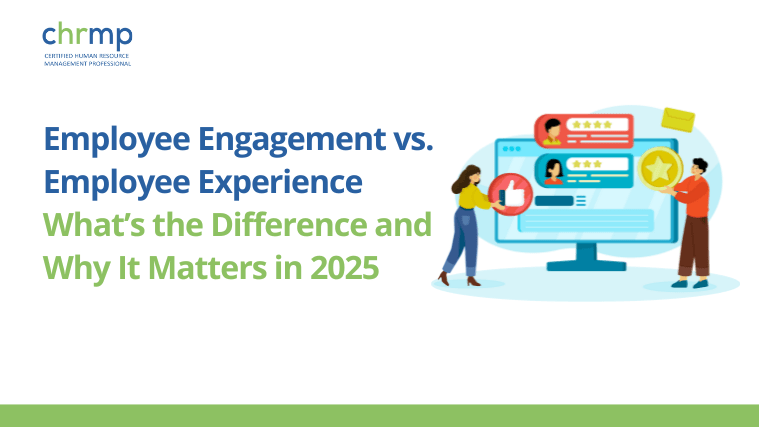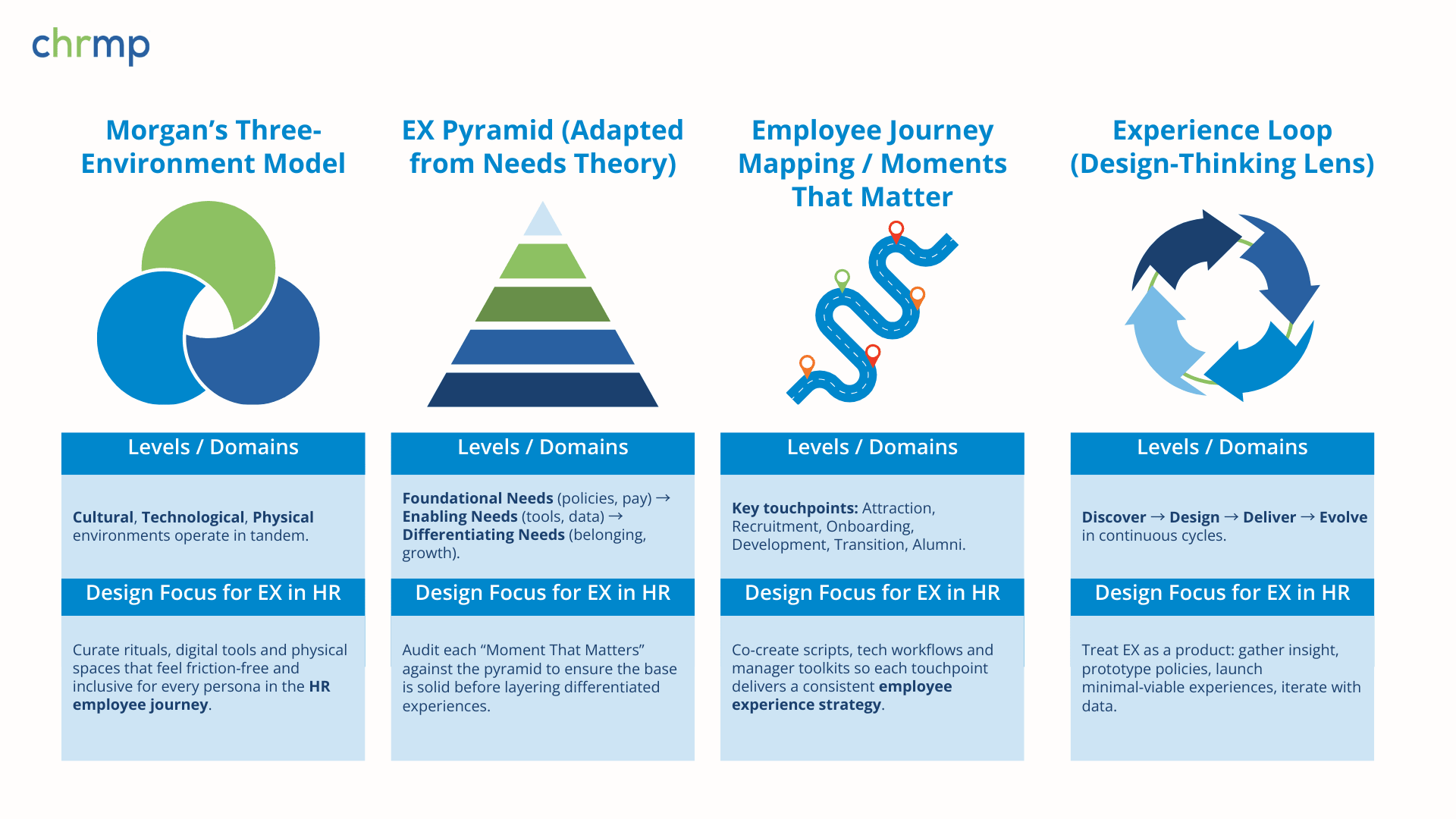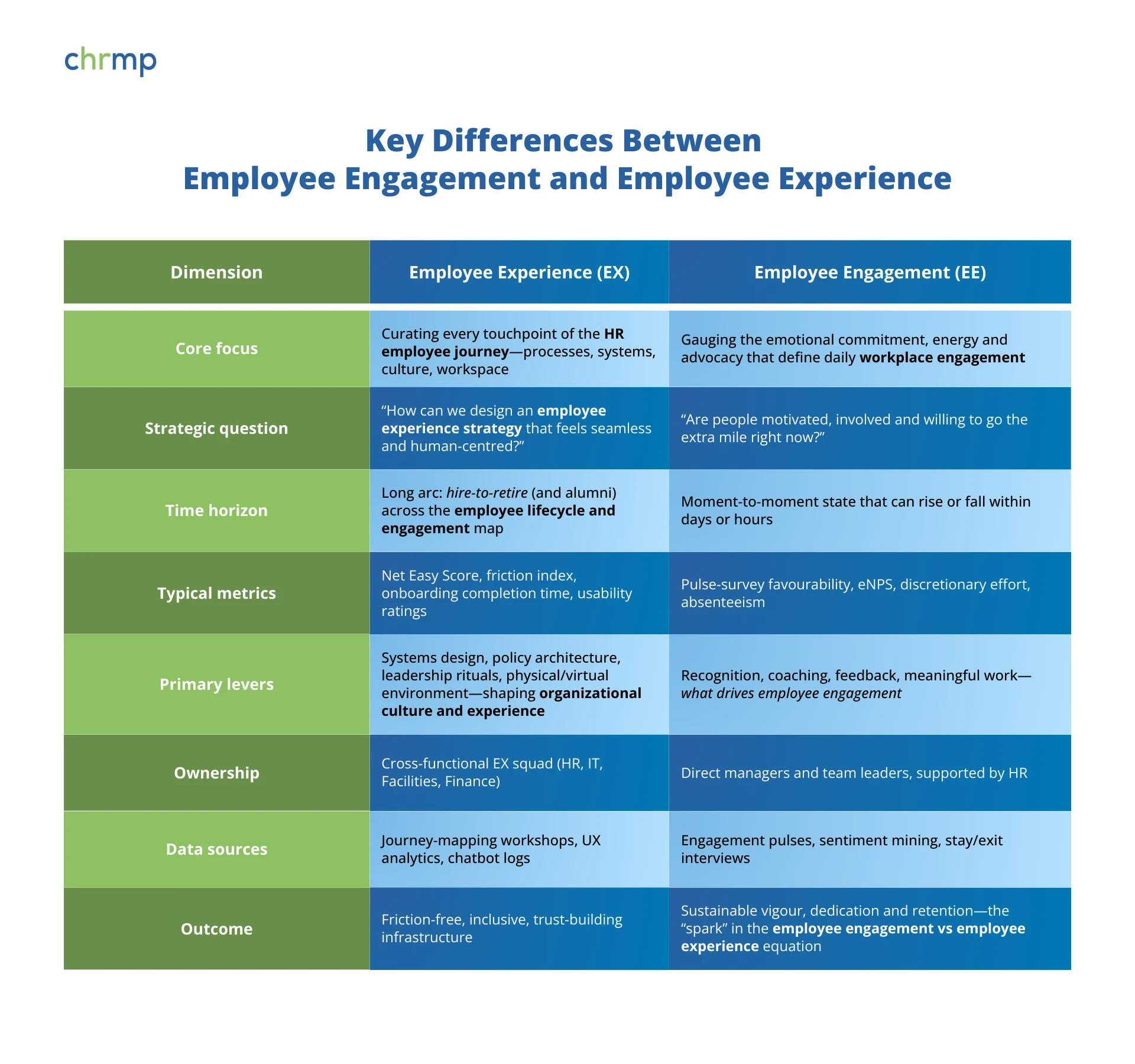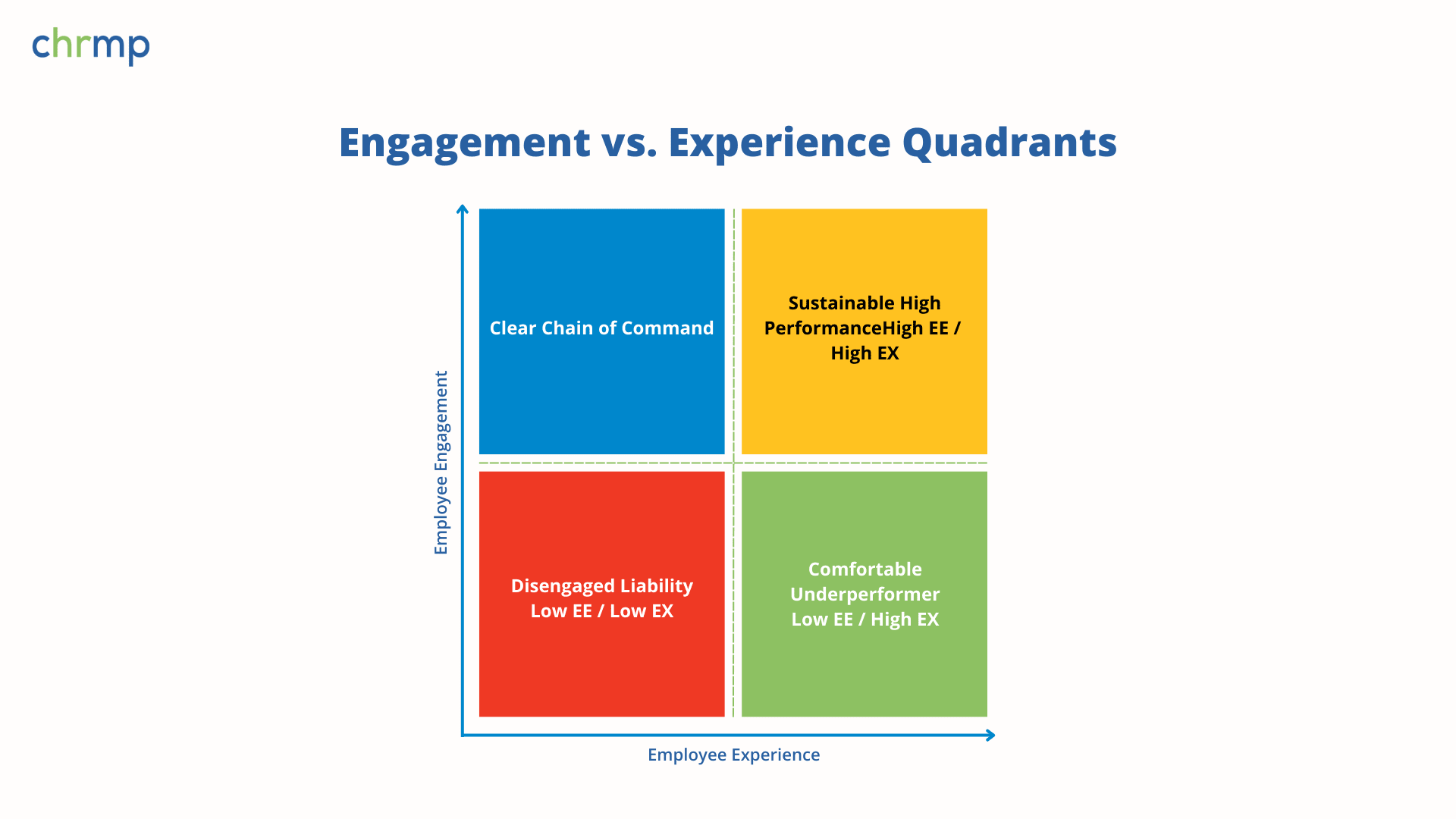

Over the last decade, the difference between employee engagement and employee experience has moved from an academic footnote to a board‑room priority. In 2025, leaders can no longer treat “employee engagement vs employee experience” as a semantic debate; the terms describe two distinct yet interlocking levers that shape sustainable performance. Engagement asks, “How committed and energised is my people today?” Experience asks, “What does every touchpoint of the HR employee journey feel like—before day 1, through every milestone of the employee lifecycle and engagement, and even after alumni status?” Only when we address both do we create workplaces where people choose to stay and to excel.
Flexible schedules, AI‑supported workflows and purpose‑driven missions have reframed workplace engagement. Employees now judge an organisation less by ping‑pong tables and more by psychological safety, autonomy and a friction‑free tech stack. That evolution forces HR to design a holistic employee experience strategy—one that bakes empathy, learning and wellbeing into daily rituals rather than
Focusing solely on improving employee engagement can feel like polishing the dashboard while the engine sputters; bursts of enthusiasm fade if the underlying journey is clunky. Conversely, perfecting the experience but ignoring what drives employee engagement may deliver convenience without commitment. True results come when we weave engagement metrics into every phase of employee experience in HR—from curated onboarding playlists to AI‑nudged career paths—all grounded in an organizational culture and experience that employees actually trust.
Gen Z and Gen Alpha—rising fast in 2025—expect employers to be social innovators, climate stewards and career accelerators. Their lived reality of rapid tech cycles means they crave frequent, personalised feedback loops, not semi‑annual pulse checks. It’s why modern engagement hinges on micro‑moments: a manager’s Slack emoji of recognition, a VR‑enabled safety drill, a self‑directed reskilling module. When these moments connect across the HR employee journey, they compound into loyalty. Fail to harmonise them, and engagement erodes as quickly as a browser tab can open to a competitor’s career page.
In short, 2025 rewards organisations that treat engagement and experience as a braided rope—distinct fibres, greater tensile strength together. The chapters ahead unpack practical ways to align the two, ensuring your people feel both engaged and well‑served every day.
The previous section established why the difference between employee engagement and employee experience sits at the heart of people‑centric strategy in 2025. This section dives deeper, unpacking each term through well‑known academic frameworks before closing with one brief illustration that makes the contrast unmistakable.
Employee engagement is an outcome‑oriented gauge of emotional commitment, involvement and motivation. Four complementary theories explain what drives employee engagement and help HR leaders calibrate workplace engagement interventions:

Together these theories treat engagement as a dynamic psychological state that HR can influence—and measure—through pulse surveys, eNPS, performance analytics and narrative sentiment.
Employee experience (EX) is the holistic journey an individual travels “from hire to retire.” Well‑established EX frameworks show how environment, systems and culture create (or erode) that journey:

Where engagement measures the emotional response, experience engineers the context. Metrics therefore expand beyond surveys to include friction scores, time‑to‑competence, system‑usability ratings and unsolicited narrative feedback.
Scenario—Day 1 of Onboarding
Ruby joins as a data analyst. Her IT credentials, workstation and project brief are ready before she logs in. The onboarding portal welcomes her with an interactive journey map, while her manager schedules a 30‑minute call aligning her goals to the team mission.
One event, two interwoven narratives. EX ensures the structural conditions are right; engagement reveals whether the human energy actually ignites. Understanding this employee engagement vs employee experience interplay equips HR to craft an organizational culture and experience where people prosper and results follow.

Employee experience is the soil in which engagement grows. When daily interactions feel intuitive, respectful and empowering, employees naturally invest more energy and advocacy—the very essence of improving employee engagement.
Put simply, an intentional employee experience in HR meets core human needs through thoughtful design; engagement is the measurable response that tells us the design is working. When organisations treat EX as the foundation, EE becomes the natural, durable outcome—demonstrating the real‑world power behind the difference between employee engagement and employee experience.
Here’s why modern HR and L&D teams must champion an employee experience strategy first if they hope to keep workplace engagement high and talent flowing in.
When HR makes employee experience the organisational North Star, the metrics follow: faster integration, higher innovation rates, lower attrition and a magnetic employer brand. Prioritising EX isn’t a feel‑good initiative; it’s the most direct route to sustained, measurable, enterprise‑wide engagement.

The quadrant above visualises the employee engagement vs employee experience landscape. Plotting employee experience in HR on the horizontal axis and workplace engagement on the vertical axis reveals four distinct states that every HR team should recognise.
| Quadrant | What it Looks Like | Why it Happens | Action to Shift |
| Disengaged Liability
(Low EX / Low EE) |
Friction‑filled processes, minimal motivation, rising absenteeism. | Outdated systems, unclear expectations and a brittle organizational culture and experience drain energy. | Re‑engineer the employee experience strategy—start with journey‑map pain points and quick‑win system fixes. |
| Overdrive Burnout
(Low EX / High EE) |
Passionate employees pushing through clunky workflows; performance spikes but turnover risk soars. | Commitment outpaces the environment; purpose masks fatigue. | Reduce job demands or add resources—smarter tools, workload controls—to protect health and improving employee engagement sustainably. |
| Comfortable Underperformer
(High EX / Low EE) |
Sleek offices, generous perks, yet innovation stalls and discretionary effort is scarce. | Great amenities without meaning or stretch; the EX is pleasant but not purposeful. | Reconnect roles to mission, amplify recognition and autonomy—focus on what drives employee engagement across the employee lifecycle and engagement. |
| Sustainable High Performance
(High EX / High EE) |
Seamless HR employee journey, strong commitment, continuous growth and retention. | Thoughtful EX meets core human needs, fuelling ongoing engagement. | Keep iterating via feedback loops; benchmark against evolving talent expectations to stay ahead. |
Why the High‑High Quadrant Is Ideal
A thoughtfully designed employee experience strategy lays the foundation—trust, inclusion, clarity—while day‑to‑day rituals reinforce motivation. The result is durable energy that scales with growth, turning employees into advocates at every milestone of the journey. Achieving this quadrant isn’t a one‑time project; it’s a cycle of listening, testing and refining that keeps both the soil (EX) and the bloom (EE) healthy year after year.
A future‑ready organisation treats the difference between employee engagement and employee experience as a design challenge, not a trade‑off. Below are three intertwined moves that bind the two into one powerful, people‑centric operating model.
Bringing It Together
When culture shapes design, L&D enriches every day, and tech amplifies both metrics and memories, you create a seamless operating system where employee experience in HR is the foundation and workplace engagement the natural, measurable outcome. That integrated people strategy is how forward‑thinking HR teams will outpace competition—and why 2025 rewards those who architect the journey, not just survey the destination.
The organisations that will stand out in 2025 recognise that employee engagement vs employee experience is not a binary choice but a sequential equation: a meticulously crafted employee experience strategy—rooted in purposeful systems, humane policies and an inclusive organizational culture and experience—creates the fertile ground in which authentic workplace engagement can grow. When each stage of the HR employee journey is intentionally mapped, employees encounter fewer friction points and more moments that matter, and the emotional dividends show up as stronger commitment, advocacy and performance. Put simply, the most engaged workplaces are those with the most thoughtfully designed experiences.
For HR and business leaders, this means moving the conversation from quarterly survey scores to the architecture of the entire employee lifecycle and engagement ecosystem. Data‑driven journey maps, agile feedback loops and growth‑focused L&D are no longer “nice to haves”; they are the levers that sustain talent in a highly mobile market. Prioritising employee experience in HR isn’t a passing trend—it is the bedrock on which retention, innovation and profitability rest. Design the experience well, and engagement is earned day after day; design it poorly, and no amount of perks will salvage morale. In the coming years, success will belong to leaders who treat experience as infrastructure and engagement as its natural, measurable reward—continuously improving employee engagement by perfecting the experience that powers it.
Ready to architect an employee experience strategy that turns sustainable engagement from aspiration into reality?
Visit chrmp.com to explore practical frameworks, programs, and certifications designed to equip you with the skills to help every employee—and your organisation—truly thrive.

© 2007-2025 CHRMP| All Rights Reserved | Powered by Ripples Learning & Research Private Limited
